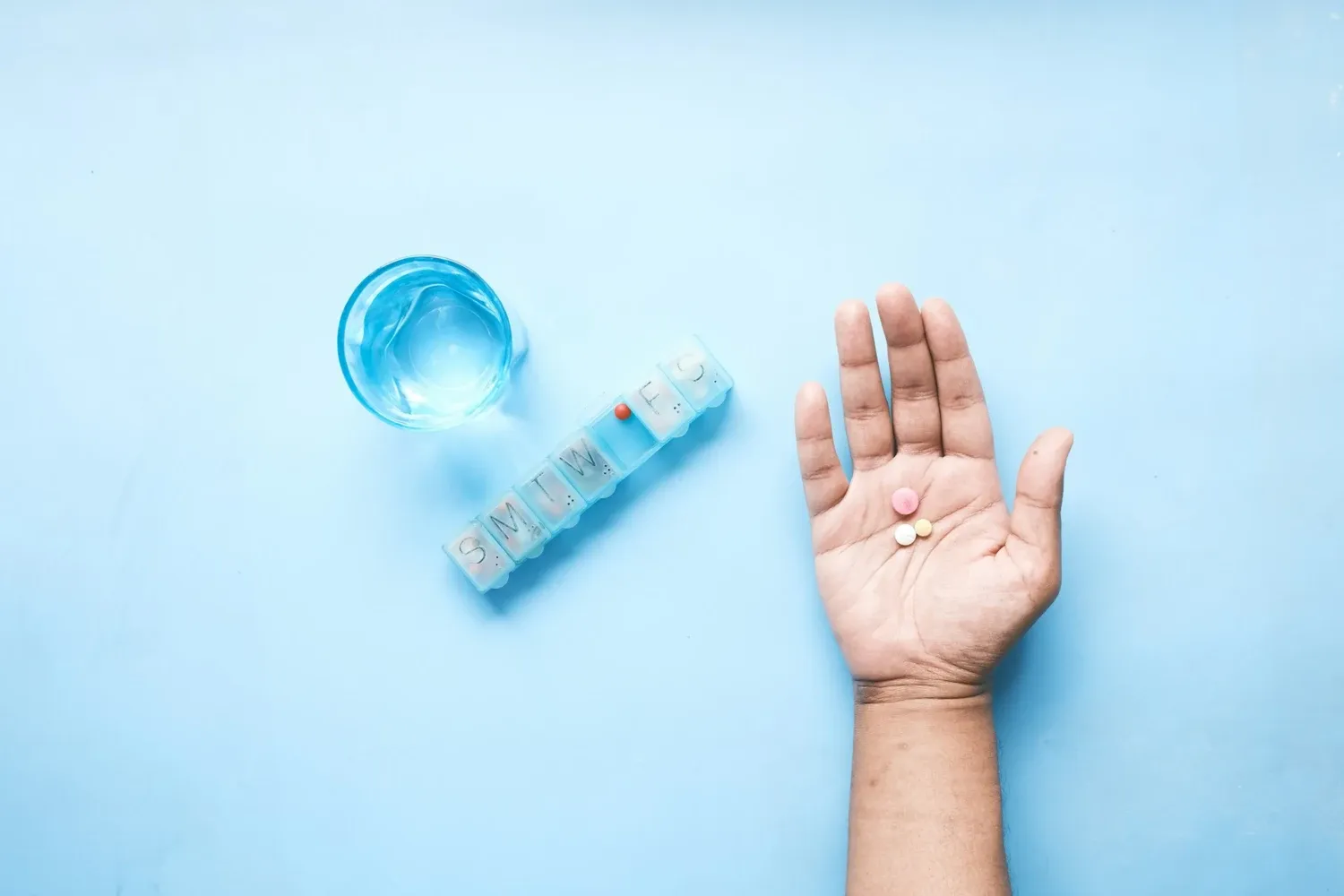Antiretroviral therapies impact gut microbiome in people living with HIV

A new study published in the journal Scientific Reports by researchers at Karolinska Institutet reveals that different antiretroviral therapies (ART) influence the gut and oral microbiome, as well as body mass index (BMI), in people living with HIV. The findings highlight the importance of considering microbiome changes when selecting ART regimens.

What does your publication show?
“It shows that antiretroviral therapy (ART) is crucial for stopping HIV and restoring immunity in people living with HIV. However, some antiretrovirals are linked to metabolic comorbidities like weight gain. Our study examined the gut and oral microbiome of people living with HIV on different ART regimens and its association to Body Mass Index (BMI)”, says Aswathy Narayanan first author of the study and doctoral student at the Infectious Diseases and Dermatology Unit at the Department of Medicine, Huddinge.
“People living with HIV treated with Integrase inhibitors (INSTI), a group of antivirals, showed higher levels of Faecalibacterium and Bifidobacterium in the gut, while those on another group of antivirals, non-nucleotide reverse transcriptase inhibitors (NNRTIs), showed an abundance of Megasphaera, and Staphylococcus. We also observed higher abundance of Bifidobacterium and Dorea in the gut of in people living with HIV with higher BMI. Our study shows that specific ARTs impact microbiome and BMI in people living with HIV.”
Why are the results important?
“The results of this study are significant, as nearly 30 million people globally are treated with antiretroviral therapy for HIV. Our research provides valuable insights into the interactions between ART, the microbiome, and body mass index during treatment. Based on our study the microbiome changes should also be investigated in other chemotherapeutic interventions.”
“We believe that in future when choosing antiretroviral therapy, the doctors will consider the effects on the microbiome and its associated comorbidities. This approach could lead to potential interventions for improving patient health through individualized microbiome modulation therapies.”
How did you perform the study?
“The study was performed in close collaboration between the Karolinska University Hospital and Karolinska Institutet, Huddinge. We collected fecal and saliva samples from 69 persons living with HIV and 80 healthy controls to analyze microbial composition and its correlation with ART regimens and BMI.”
What is the next step in your research?
“The next step in our research will be to study microbiomes by shotgun sequencing to further investigate functional pathways through which specific antiretrovirals influence the gut and oral microbiomes in our cohort. Additionally, we plan to conduct longitudinal studies to investigate microbiome changes over time and their correlation with clinical parameters such as CD4 count, BMI, and other inflammatory markers”, say Piotr Novak and Shilpa Ray, co-authors of the study and researchers at the Infectious Diseases and Dermatology Unit at the Department of Medicine, Huddinge.
The study was conducted in collaboration with Karolinska University Hospital, SciLifeLab National Genomics Infrastructure in Stockholm and the SNIC/Uppsala Multidisciplinary Center.
